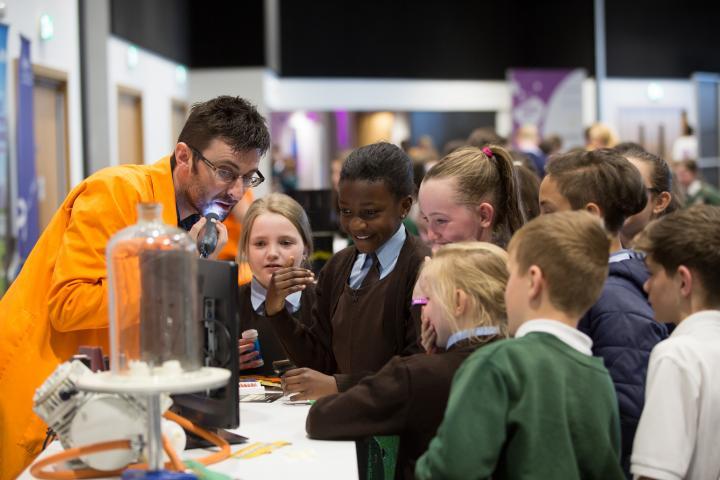Κι αν βρέχει, δεν πειράζειΕνισχύστε τις γνώσεις και τις δεξιότητές ώστε να απολαμβάνετε τον καιρό με τον καλύτερο δυνατό τρόπο

Έτοιμοι για δράση;
Τι
Πιθανές συνδέσεις με το αναλυτικό πρόγραμμα
Ποιος
Οι άνθρωποι που αναλαμβάνουν τον ρόλο του/της εκπαιδευτικού
Πού
Οι χώροι όπου πραγματοποιούνται οι εκπαιδευτικές δράσεις
Με
Τα μέλη της κοινότητας για ευκαιρίες συνεργασίας
Σύντομη περίληψη
Σε αυτό το Εκπαιδευτικό σενάριο, οι μαθητές θα μάθουν ποια είναι η διαφορά μεταξύ καιρού και κλίματος. Θα μάθουν για τα διαφορετικά κλίματα συλλέγοντας δεδομένα σχετικά με τον καιρό στη χώρα τους και στη συνέχεια συγκρίνοντας τα αποτελέσματά τους με εκείνα μιας άλλης χώρας. Θα διερευνήσουν τα εμπόδια που δημιουργούνται όταν βρισκόμαστε έξω σε όλες τις καιρικές συνθήκες (άνεμος - υετός - θερμοκρασία) και θα εξετάσουν διάφορα υλικά που μπορούν να μας προστατεύσουν από την κακοκαιρία. Στη συνέχεια, θα σχεδιάσουν τη δική τους αίθουσα διδασκαλίας για όλες τις καιρικές συνθήκες προς όφελος ολόκληρης της σχολικής κοινότητας, έχοντας κατά νου πραγματικά υλικά, μοντελοποιώντας αρχικά το σχέδιό τους και στη συνέχεια παρουσιάζοντας τα ευρήματά τους σε μια κοινοτική επιτροπή.
This Learning Unit comprises a knowledge harvest activity where the students will work together to discuss what they already know about weather. Following this, they will visit the Science Museum to learn more about the earth's climate and how weather is measured in the past and present, and predicted into the future.
For this activity, students will create a weather diary. They will then participate in a virtual meeting with children from a school in another country to compare what weather they experience.
In this Leaning Unit, students will carry out an investigation using the story of the Three Little Pigs as a basis to learn about material science. They will test structures made from different materials to find out which is the most stable and hardy against the wind.
Students will continue to think about the design of the outdoor classroom by modelling the roof on a small scale. They will test different materials to see if they are absorbent or water-resistant. They will then speak to an architect to learn what other factors are involved in the design of a building.
Students will explore thermal conductivity by testing materials which could be used to make the outdoor classroom on a small scale. They will test different materials gathered from home to learn if they are insulators or conductors of heat. They will discuss how the science can be applied in practice to design a comfortable environment.
In this activity, students will apply the knowledge gained in the previous Learning Units to select the best materials to use to build an outdoor classroom. They will develop their design and make a model of it. They will then cost up the materials they have decided to use, and a panel of experts will judge which is the most suitable and cost effective.